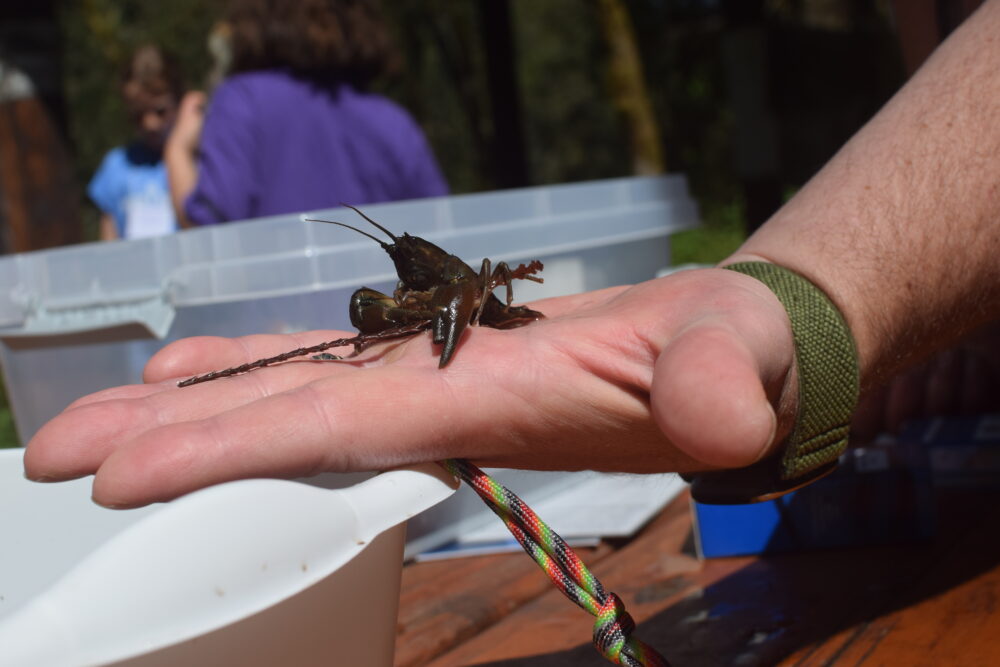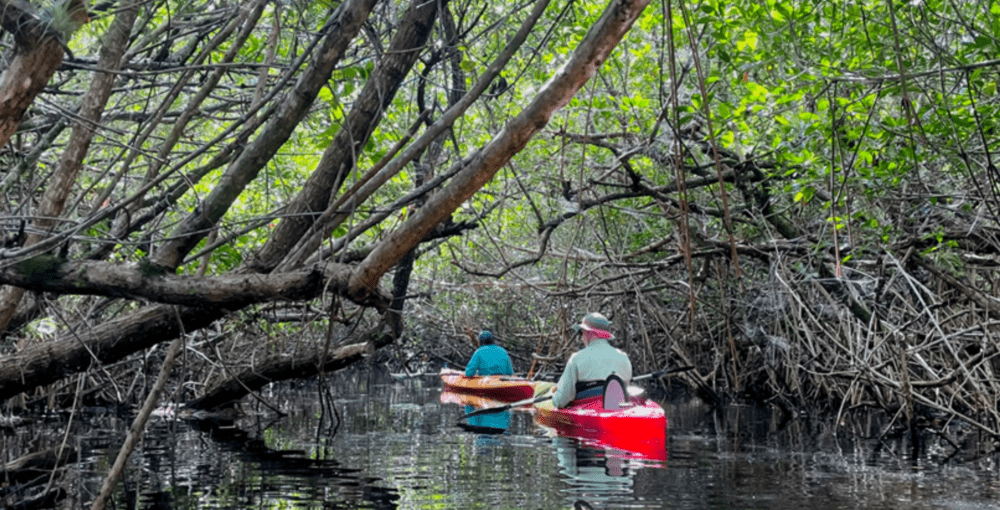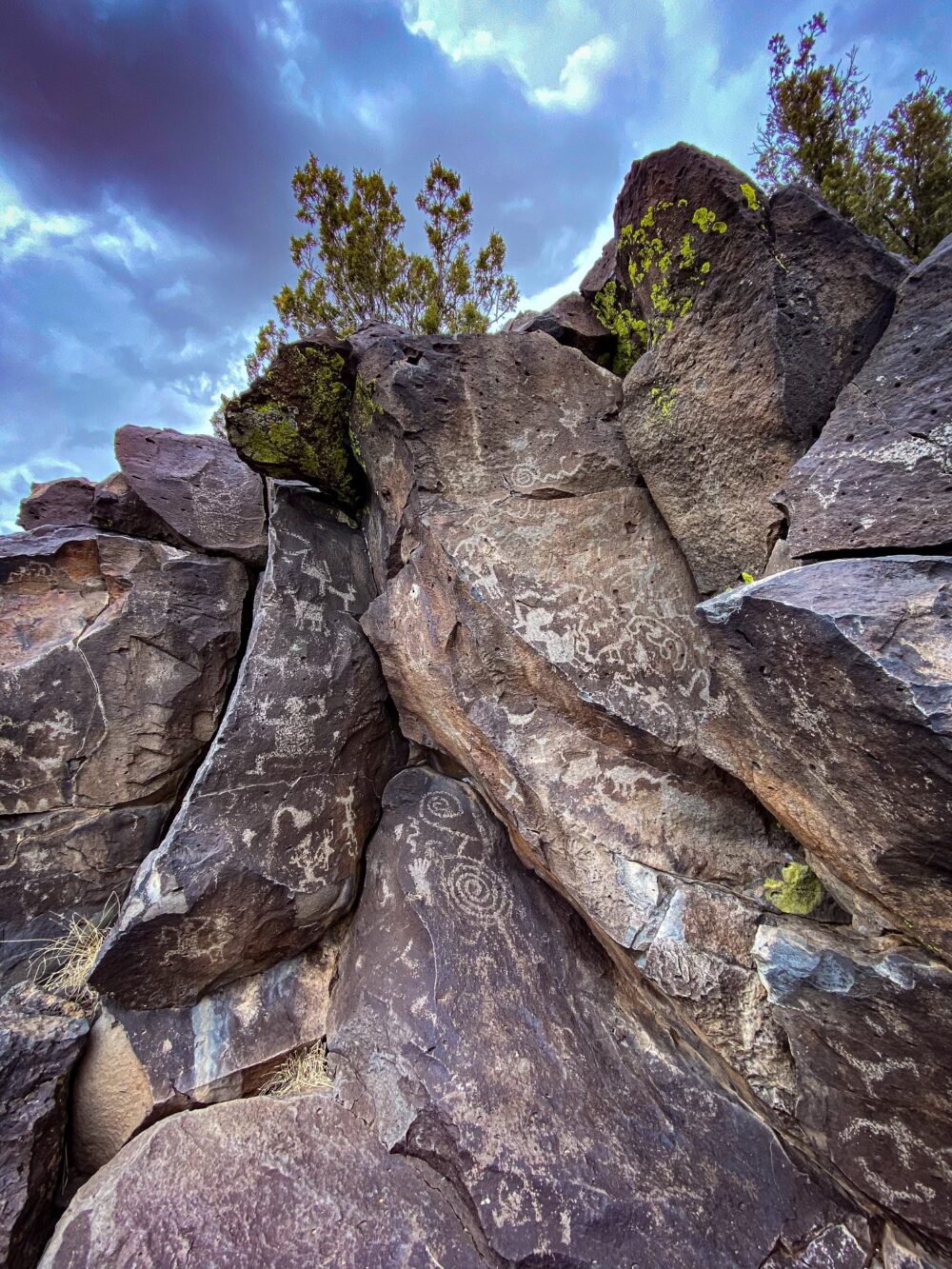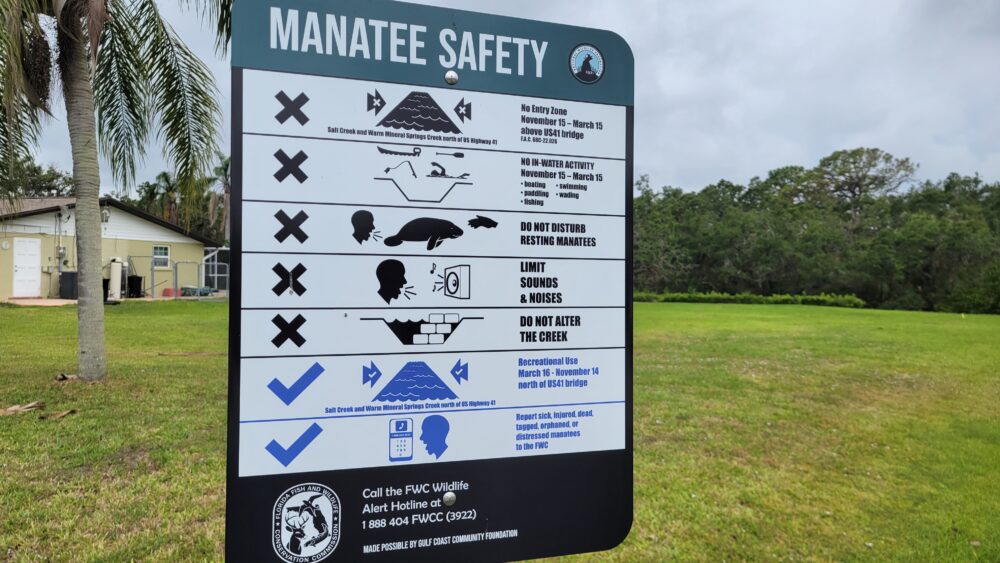We have much more to do and your continued support is needed now more than ever.
The Grandeur of Our National Parks
I’m excited by our national parks. I even have a Passport and get a stamp for each one I visit. The awe-inspiring landscapes are nearly impossible to communicate, but these photographs from the National Wildlife Photo Contest come close. It’s a bonus that an abundance of wildlife depend on our national parks for survival. Take a moment to appreciate a few of these special lands across the country. And share with us your favorite national park!
Denali National Park, Alaska
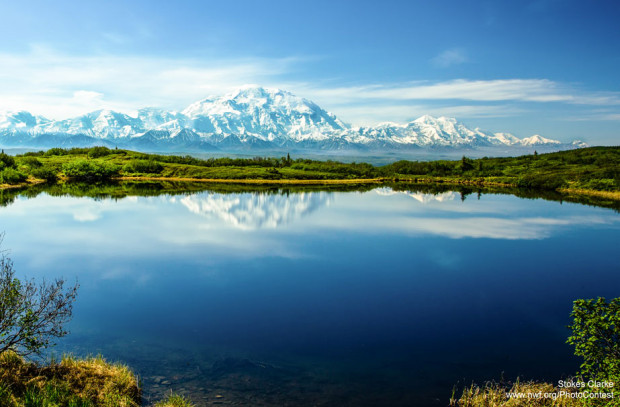
Wildlife: Caribou, grizzly bears, Dall’s sheep, snowshoe hares, wolverines, Arctic ground squirrels, golden eagles, peregrine falcons and ptarmigans.
Approximate Size: 6,075,029 acres
Fun Fact: Denali is home to North America’s tallest peak, Mount McKinley (20,320 feet).
Cumberland Gap National Historic Park, Kentucky (TN, VA)
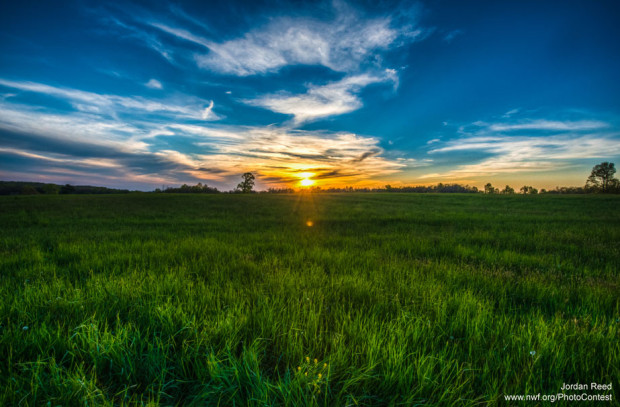
Wildlife Viewing: Cottontail rabbit, bobcat, gray fox, black bear, various bats, song birds, wild turkey, hawks and vultures, turtles and elk.
Approximate Size: 20,508 acres
Fun Fact: The autumn hawk migration can be observed from different points along the park’s Ridge Trail (especially Pinnacle overlook).
Everglades National Park, Florida
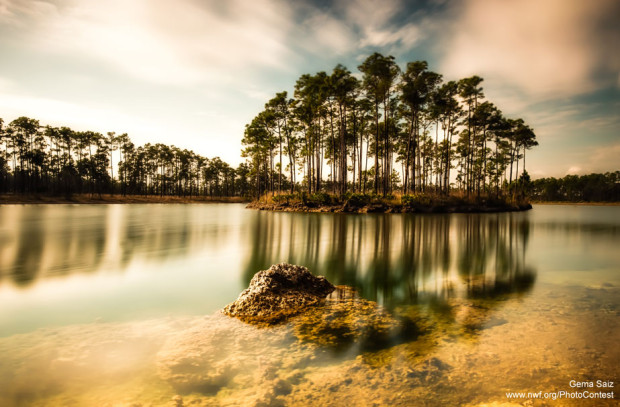
Wildlife Viewing: Florida panthers, American alligators, piping plovers, roseate spoonbills, Atlantic ridley turtles, leatherback turtles and hawksbill turtles.
Approximate Size: 1,509,000 acres
Fun Fact: With the largest continuous stand of sawgrass prairie in North America, the park provides critical habitat for deer, apple snails, muskrats and alligators.
Grand Teton National Park, Wyoming
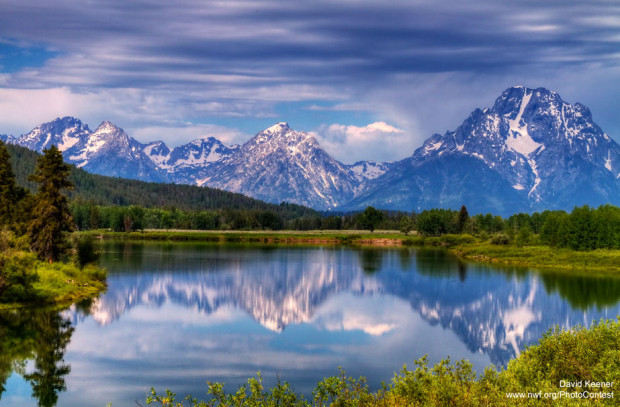
Wildlife Viewing: Bison, yellow-bellied marmots, osprey, cutthroat trout, moose, trumpeter swans, western tanagers, sage grouse, grizzly bears and mountain lions.
Approximate Size: 310,000 acres
Fun Fact: The valley of the park is home to the largest bird in North America, the trumpeter swan, which can weigh up to 30 pounds.
Yosemite National Park, California

Wildlife Viewing: Bobcats, pikas, black bears, mountain kingsnakes, red-legged frog, white-headed woodpeckers, bighorn sheep, spotted owls and a variety of bats.
Approximate Size: 747,956 acres
Fun Fact: Yosemite has three groves of giant sequoias, which are among the world’s oldest and most massive trees. They can live up to 3,000 years. The sequoias provide habitat for old-forest dependent wildlife.
Mt. Rainier National Park, Washington
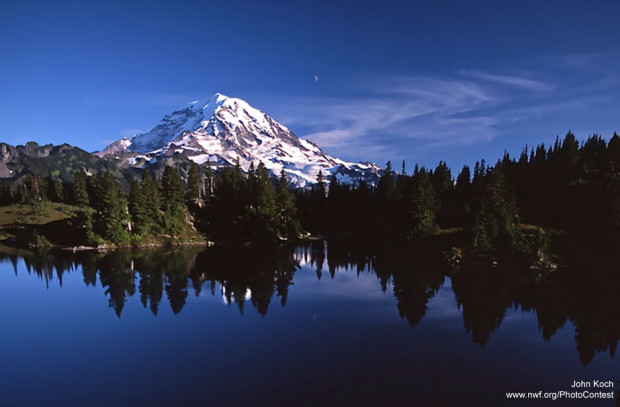
Wildlife Viewing: American martens, northern spotted owls, mountain goats, Pacific giant salamander, cascade red foxes, ravens, porcupines, marmots, fishers, northern goshawk.
Approximate Size: 236,381 acres
Fun Fact: Invertebrates comprise approximately 85% of the animal biomass in the park.
Acadia National Park, Maine
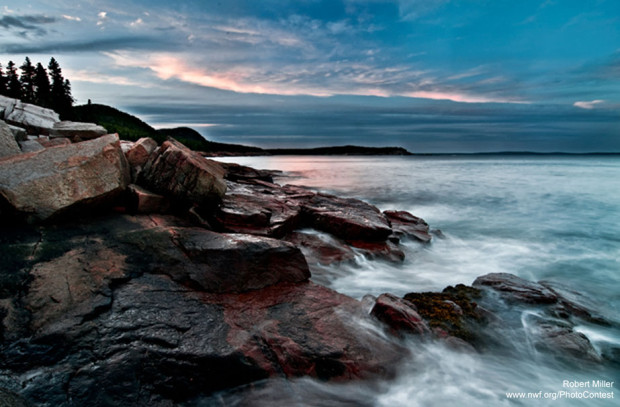
Wildlife Viewing: Sharp-shinned hawks, American kestrels, harbor seals, red bats, river otters, shrews, black bears, weasels, eastern newts, peregrine falcons.
Approximate Size: 47,452.80 acres
Fun Fact: Cadillac Mountain is the tallest mountain along the east coast, and one of the first places in the United States to see the sunrise.
Badlands National Park, South Dakota
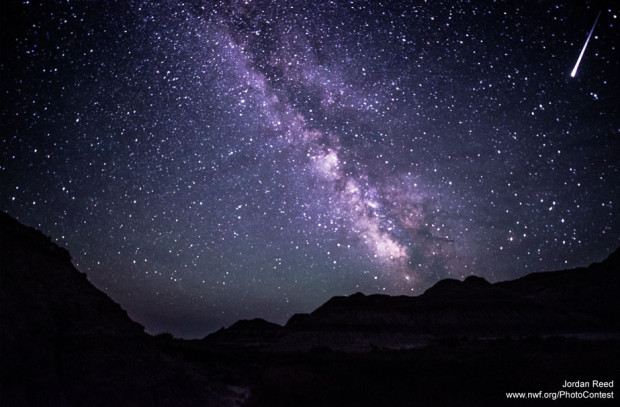
Wildlife: Bighorn sheep, badgers, pronghorn, prairie dogs, cottontails, western meadowlarks, bobcats, porcupines, prairie rattlesnakes, bison and harvester ants.
Approximate Size: 242,756 acres
Fun Fact: The black-footed ferret, bighorn sheep, bison, and swift fox have been reintroduced to the park after disappearing from the area’s grass prairie. All four species are again thriving in their native habitat.
Bryce Canyon National Park, Utah
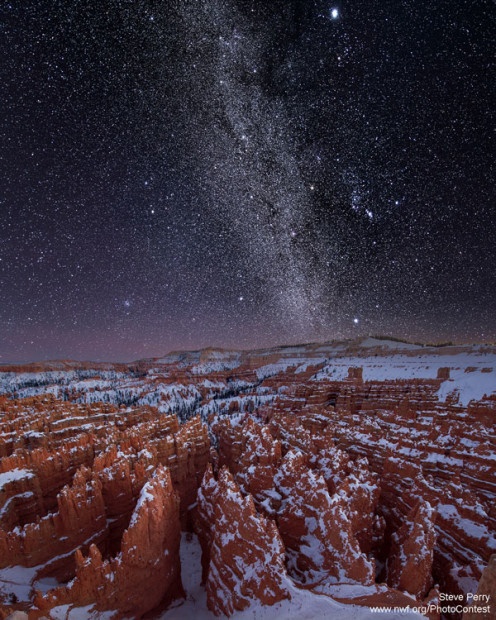
Wildlife: Migratory hummingbirds, nesting peregrine falcons, Rocky Mountain elk, California condors, short-horned lizards, Utah prairie dogs, mountain lions and pronghorn.
Approximate Size: 35,835 acres
Fun Fact: Clean, dry air, and distance from light pollution, give Bryce Canyon unparalleled night sky visibility. It’s protected by a special force of park rangers and volunteers known as “The Dark Rangers.”
Yellowstone National Park, Wyoming (ID, MT)
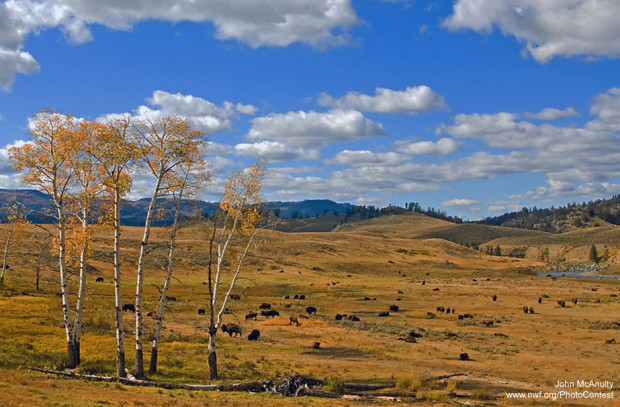
Wildlife: Bison, grizzly bears, lynx, bald eagles, boreal toads, great horned owls, spotted frogs, peregrine falcons, tiger salamanders, moose, pikas and bighorn sheep.
Approximate Size: 2,219,791 acres
Fun Fact: Yellowstone became a national park twenty years before Montana, Idaho and Wyoming were granted statehood. It has the largest collection of geysers in the world, one of the main reasons the area earned protection initially.
How to Celebrate National Parks
- Take pictures & share your landscape photography with us through the National Wildlife Photo Contest.
- Reserve your spot to camp in a national park this summer for the Great American Campout.
- Learn more about our work to safeguard public lands.
- Find a local nature site (including national parks) to get outside and explore!















